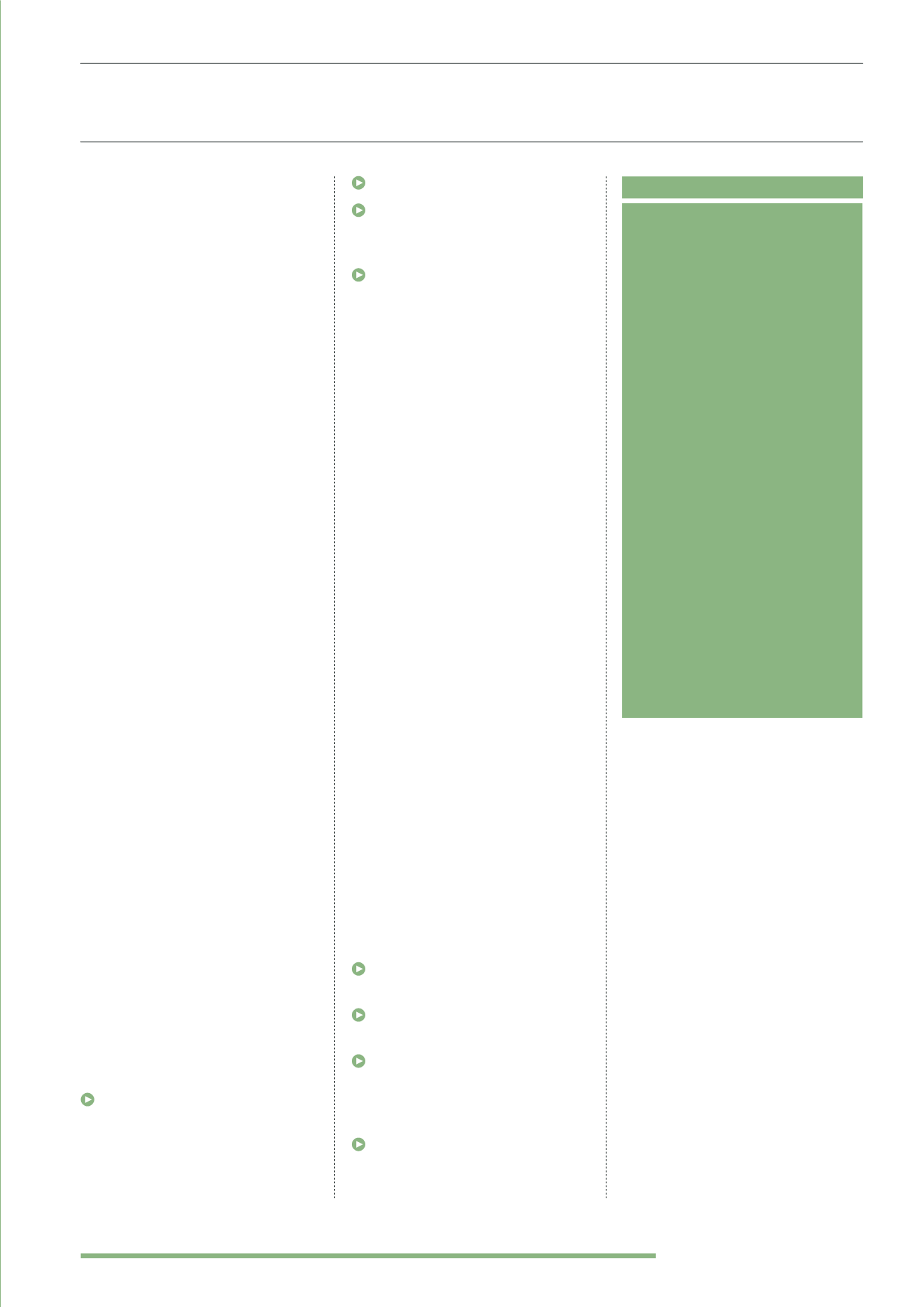
49
“while the adviser must be aware of the underlying investments, their focus should be on the
manager’s ability to carry out their role”
the underlying investments will be
shares in AIM quoted companies and
statistics on the performance of AIM are
readily available. Comparisons between
products based on AIM portfolios will
also be easier. Provided that advisers
assess the investment philosophy and
the level of diversification - including
reviewing the investment criteria,
investment mandate and current
portfolio composition as above -
then there is no need to look at each
individual investee company.
Non AIM, unlisted investments can be
much more unique and advisers will need
to look at each opportunity in some depth
to assess the strength of the business
model and likely future performance.
In both cases, the assessment of the
risk must be looked at in conjunction
with the risk mitigation measures the
managers put in place, including the
level of diversification / control and
the overall investment process. Where
insurance or portfolio protection is
offered, advisers should assess this
as well. They will need to look at how
much cover the insurance offers, any
exclusions and crucially check that the
pay-out is made outside the estate -
otherwise it will be subject to IHT.
How well the portfolio protection will
work is hard to assess until it is actually
needed, but the manager’s level of
experience in running hedged portfolios
using derivatives can be ascertained.
Advisers should also expect to see
evidence that the managers undertake
ongoing monitoring to ensure that the
assets they are invested in continue to
qualify for BPR at all times.
Finally, how is the liquidity and access
achieved? Do the promised levels of
liquidity seem consistent with the stated
levels of risk and return?
Advisers need to assess:
The business model of unlisted
companies, SPVs, partnerships or
qualifying trades that are invested in and
the managers level of skill and
experience investing in these
opportunities
How liquidity and access is achieved
The manager’s ongoing monitoring
process to ensure BPR status is
mantained
The level and limitations of any cover
or protection on offer.
It is the manager’s job to make and
manage the underlying investments,
so while the adviser must be aware of
the underlying investments, their focus
should be on the manager’s ability to
carry out their role.
RISK RETURN PROFILE
All of the products publish a targeted
level of return, and it is usually
reasonable to assume the higher the
return they are seeking, the more risk
they are exposing their investors to. This
is investment 101 stuff, but there are a
couple of considerations that are unique
to BPR. Some provider’s target level of
return will in fact be a maximum ceiling
for the client - even if the underlying
trades are performing better.
Advisers need to query this in their due
diligence, as it incentivises providers
to take on more risk than is necessary
for their clients. Some products will
have underlying trades such as bridge
lending that can generate 10-15% pa,
but they deliver the same net return to
investors as products undertaking lower
risk trades that generate 5-7% pa.
PRODUCT T’s & C’s
Finally, in order to dot the i’s and cross
the t’s advisers must of course look at
the product’s terms and conditions.
What is the target level of returns
(and has the target ever been missed)?
What is the targeted level of liquidity
(and has it ever been missed)?
What are the costs - specifically the
initial charge, annual management
charge and performance fee? Are there
any other fees hidden in the smallprint?
Are fees postponed if performance
targets are missed?
SUMMARY
Advisers are probably obliged to
do more due diligence into these
products than they would for
mainstream investments. They are
unregulated products investing into
what are perceived to be riskier
assets, with the additional risk of
losing their BPR qualifying status to
manage. Some of the products have
a bit of a “black box” approach - the
money goes in, the product does
exactly what it should do, the money
comes out on the other side, but it
is a little difficult to fully assess the
underlying assets. And, as noted
earlier in the report, there are lots
of different product variants in the
market. Researching the market,
coming to understand the products
and then selecting the ones that are
most appropriate for their clients
is a big task, but it represents an
opportunity for advisers to really
add value for their clients, in an area
where most clients will not have the
capabilities to DIY invest and will look
to their IFA for help.
“The onus is now very much
on advisers to ensure they
have carried out sufficient
due diligence in their selection
of the best BPR solution. It
is important they consider
whether the solution is asset
backed, as well as looking at a
provider’s track record of both
performance and delivering
BPR for investors”
Nigel Ashfield, TIME Investments


